Australian Wildlife Conservancy is a global leader in conservation, providing hope to Australian wildlife across iconic regions such as the Kimberley, Central Australia, Cape York and Kati Thanda-Lake Eyre.
Learn About UsWildlife Matters Webinars
Catch up on interesting conversations with the AWC team from all over Australia. From fairy-wrens to fire management and from the Kimberley to Kangaroo Island, learn more about how our dedicated ecologists and land managers work to study and conserve wildlife.
Latest News
Feature 26 Jul. 2024
Animal Olympics: Australia’s wildlife medalists
Feature 21 Jul. 2024
Rock-wallabies: Australia’s agile macropods unveiled
Feature 01 Jul. 2024
See you soon: AWC sanctuaries open for 2024 visitor season
Wildlife we protect
Australia is one of the most important nations on Earth for biodiversity. Most of Australia’s wildlife is found nowhere else in the world, making its conservation even more important.
AWC protects some of the nation’s most iconic and endangered wildlife including 74% of native mammal species, 88% of native bird species, 54% of reptile species and 56% of amphibian species.
Locations
Locations
Working in partnership with Traditional Owners, pastoralists and governments, Australian Wildlife Conservancy’s effective conservation programs and influence spans more than 12.9 million hectares.
Our locations are situated in key regions including the Kimberley, the Top End, Cape York, Kati Thanda-Lake Eyre and the southwestern forests. It is possible to visit 11 AWC sanctuaries.

Delivering some of Australia's most ambitious and important conservation projects
2023 Impact Report
Read our annual Impact ReportEcohealth Reports
AWC’s Ecohealth monitoring program has been developed to measure and report on the status and trend of species, ecological processes and threats at all AWC sanctuaries and partnership projects. At each site a range of ecological indicators are selected, which focus on species at risk of decline, major threatening processes, and a broad range of other metrics for wildlife and vegetation.

Issue 47 of Wildlife Matters: Taking action for wildlife
Read our latest edition of Wildlife MattersHelp us protect some of the largest remaining populations of iconic Australian species
Donate NowWe acknowledge the Traditional Owners of country throughout Australia on which we work, and recognise their continuing connection to land, waters and culture. We pay our respects to their Elders past and present.








